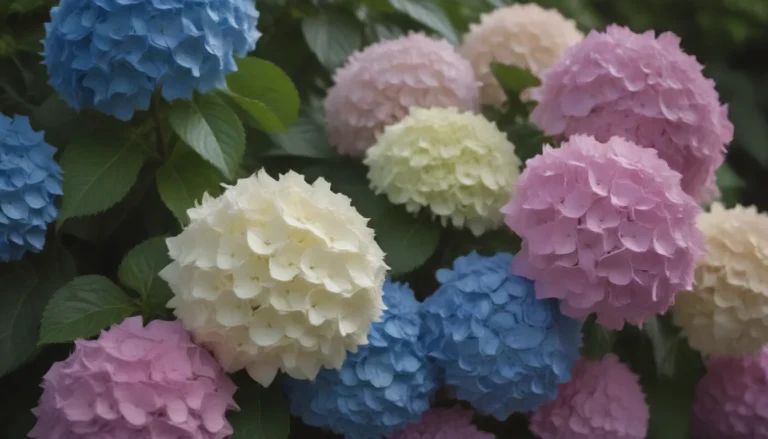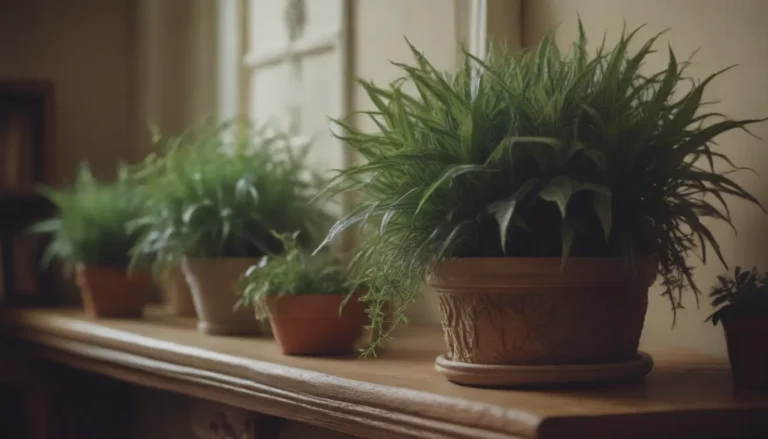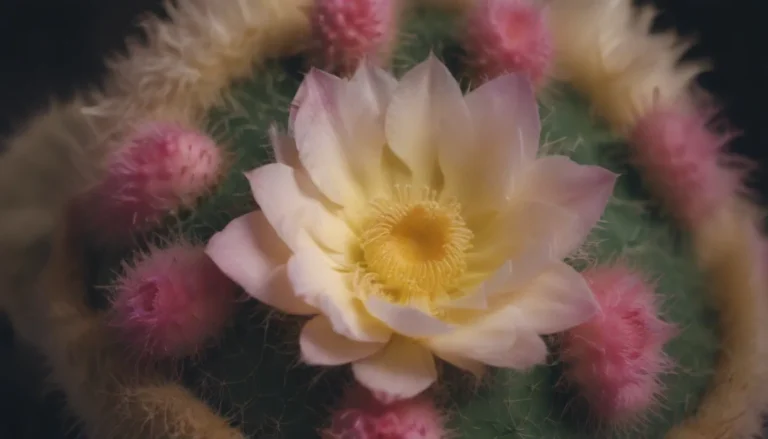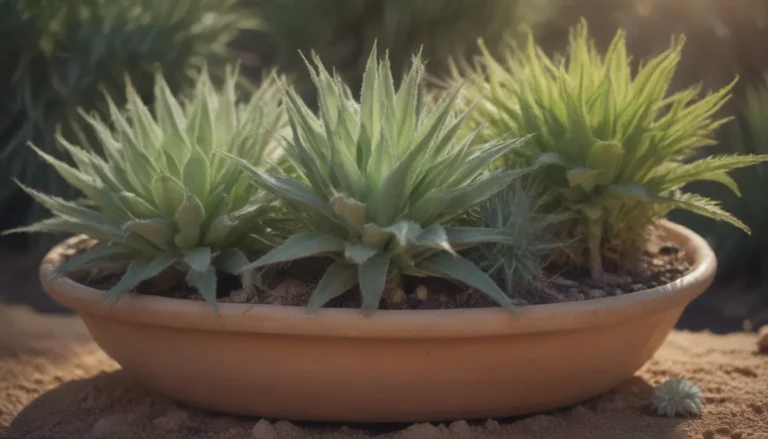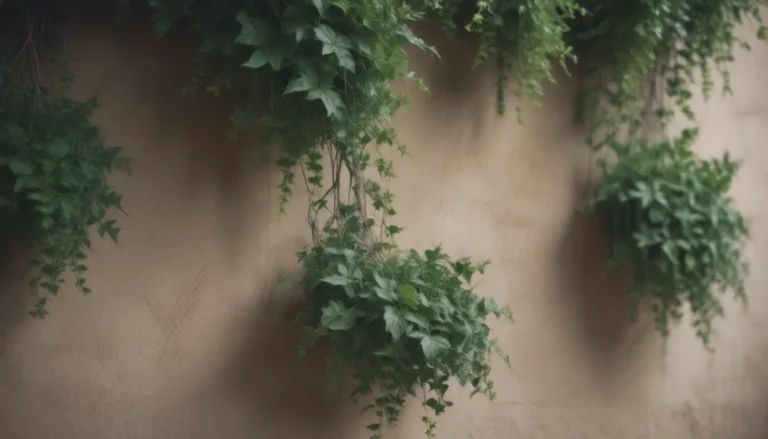Growing and Caring for Chinese Peony: Your Complete Guide to Cultivating A Timeless Garden Favorite
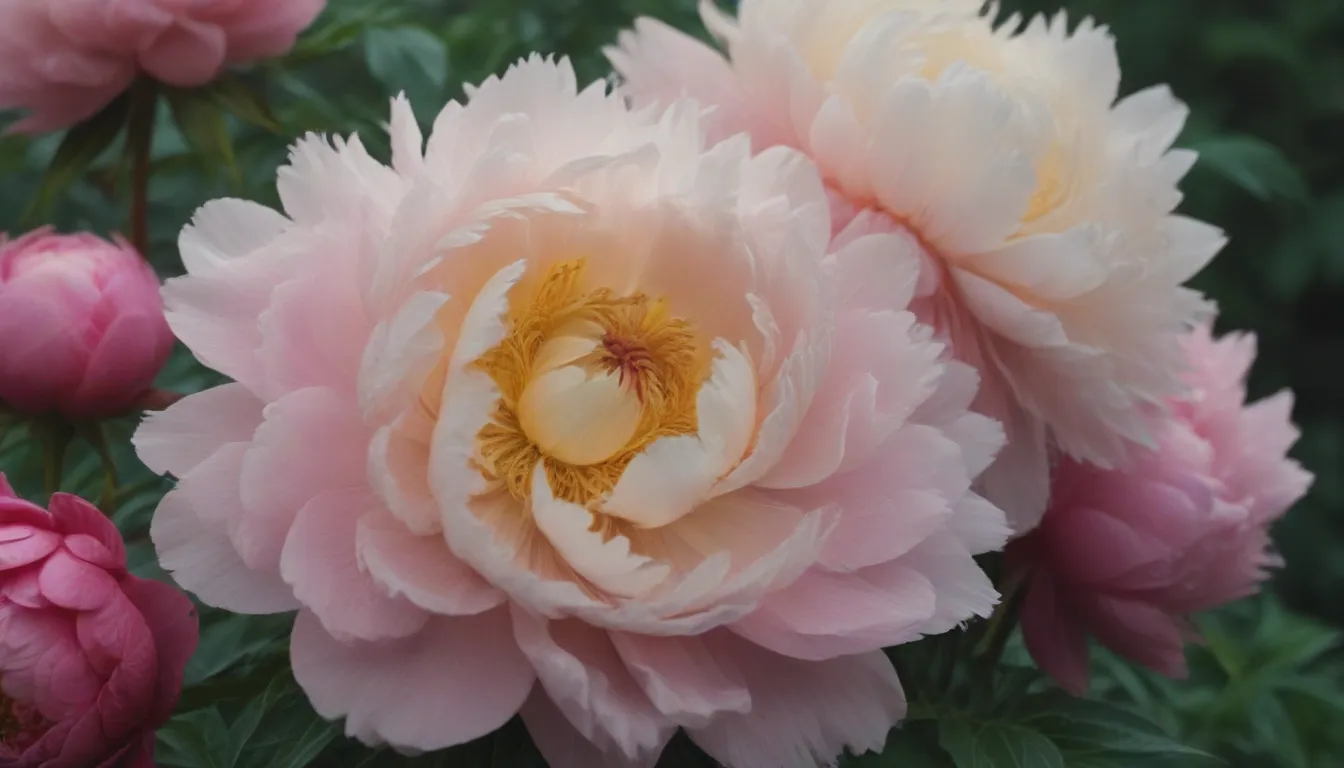
If you’re a gardening enthusiast, chances are you’ve come across the majestic beauty of the Chinese peony. These clump-forming, shrub-like perennial plants are a staple in ornamental gardens, offering enormous, highly fragrant flowers that grace our landscapes in late spring and early summer. In this comprehensive guide, we will delve into the world of Chinese peonies, exploring everything from planting and care tips to the different varieties available. So, grab your gardening gloves and let’s get started on this blooming adventure.
Chinese Peony: A Timeless Classic
With a history of cultivation that spans centuries, Chinese peonies have secured their spot as one of the most beloved plants in the gardening world. The Paeonia genus boasts many species, but the Chinese peony (P. lactiflora), also known as the common garden peony, stands out as a favorite among enthusiasts. These slow-growing plants may take up to three years to mature and bloom, but their longevity makes them a worthwhile investment—they can thrive for over a century.
Quick Tip: Chinese peonies contain a toxic substance called paeonol, so be cautious if you have pets around.
Chinese Peony Care 101
To ensure your Chinese peonies thrive and bloom to their full potential, it’s essential to provide them with the right care and attention. Here are some key care tips to keep in mind:
-
Light: Chinese peonies thrive in full sun, requiring at least six hours of sunlight daily. In warmer climates, partial shade can offer protection from intense midday heat.
-
Soil: These versatile plants can grow in various soil types as long as the soil is fertile and well-drained. Avoid waterlogged areas and consider adding organic matter to enrich the soil.
-
Water: Chinese peonies typically do not need extra watering if they receive regular rainfall. However, during dry spells in spring and fall, ensure the soil remains consistently moist.
-
Temperature and Humidity: Chinese peonies are best suited for cool climates, thriving in zones 3 to 7. High heat and humidity can be challenging for these plants, so consider early-blooming varieties in warmer regions.
-
Fertilizer: While Chinese peonies generally do not require fertilizer, a low-nitrogen option can be applied in poor soil conditions or if plants are not flowering adequately.
The Spruce / Evgeniya Vlasova
Types of Chinese Peonies: A Garden Delight
One of the joys of cultivating Chinese peonies is the vast array of cultivars available. From the classic ‘Sarah Bernardt’ to the vibrant ‘Bowl of Beauty,’ there’s a peony variety to suit every gardener’s taste. Here are some popular cultivars to consider:
- Paeonia lactiflora ‘Sarah Bernardt’
- Paeonia lactiflora ‘Karl Rosenfield’
- Paeonia lactiflora ‘Shirley Temple’
- Paeonia lactiflora ‘Bowl of Beauty’
- Paeonia lactiflora ‘Kansas’
- Paeonia lactiflora ‘Festiva Maxima’
Did You Know? Chinese peonies offer six different flower types, ranging from simple single-petal blooms to lush, double-flowered varieties.
Beyond Chinese Peonies: Exploring Other Varieties
While Chinese peonies steal the spotlight, other peony categories are worth exploring in your garden. Consider adding the following varieties to diversify your peony collection:
-
Tree Peonies: These woody shrubs offer large, open flowers and sturdy stems, making them a resilient choice for zones 4 to 8.
-
Itoh Peonies: Also known as intersectional peonies, these hybrids combine the best of tree and Chinese peonies, with showy flowers on a familiar plant structure.
-
Fern-Leafed Peonies: Featuring dark red flowers and unique fern-like foliage, these delicate plants add an intriguing touch to any garden.
Pruning and Propagating: Tips for Success
Maintaining your Chinese peonies involves regular pruning and occasional propagation. Here are some essential tips to keep your plants healthy and thriving:
-
Pruning: Deadhead spent flowers to prevent fungal diseases and trim back the entire plant in fall to ground level for optimal growth.
-
Propagating: Divide rhizomatous root clumps to propagate new plants, but be patient as it may take several years for them to mature.
Pro Tip: Avoid overprotecting your Chinese peonies in winter, as they need a cold chill to set flowering buds.
Troubleshooting Common Issues
Despite their resilience, Chinese peonies may encounter a few common problems. Here’s how to address them effectively:
-
Flower Stems Flop Over: Support heavy blooms with grids or opt for single-petal varieties to prevent collapsing stems.
-
Plant Diseases: Watch out for botrytis blight and fungal diseases, removing infected plant parts promptly to prevent spread.
-
Ants on Flowers: Brush away ants attracted to nectar without worry—they do not harm the plant.
By following these care tips and troubleshooting guidelines, you can enjoy a vibrant display of Chinese peonies in your garden season after season. Remember, a little patience and proper care go a long way in cultivating these perennial favorites.
In conclusion, Chinese peonies are not just plants—they are living legacies that add beauty and grace to any garden. With the right care, these timeless flowers will reward you with their enchanting blooms year after year. So, roll up your sleeves, put on your gardening hat, and embark on a delightful journey with Chinese peonies in your garden. Happy planting!
